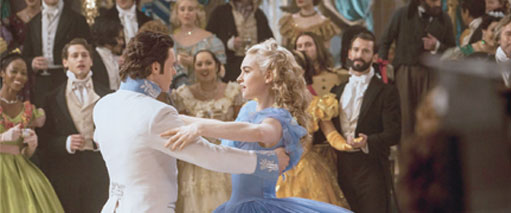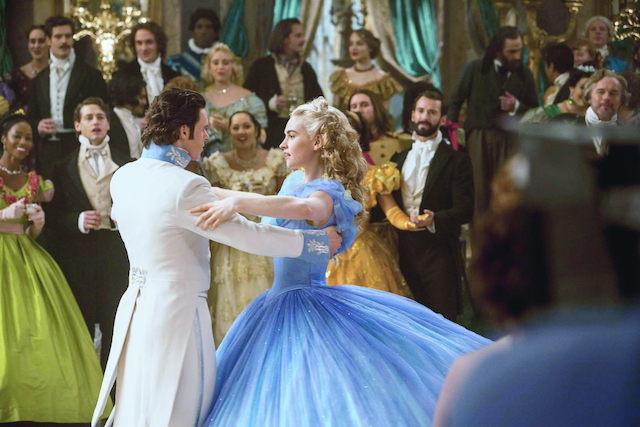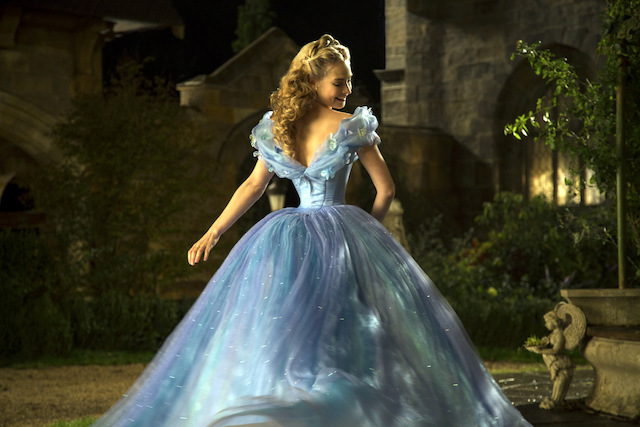Film Review: Cinderella
Non-Update Of Classic Disney Fairy Tale Is As Comfortable And Worn-Out As An Old Shoe



Latest Article|September 3, 2020|Free
::Making Grown Men Cry Since 1992


